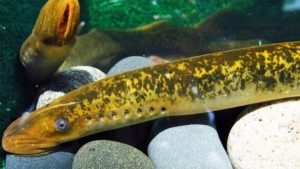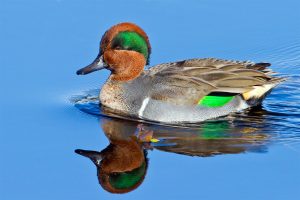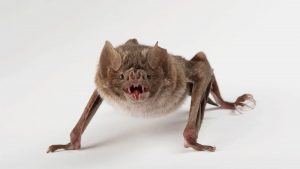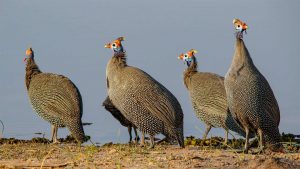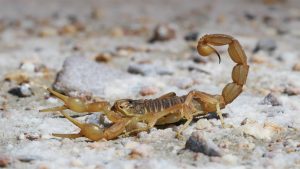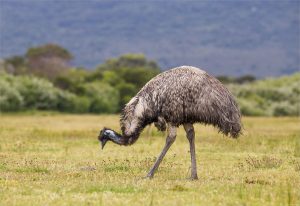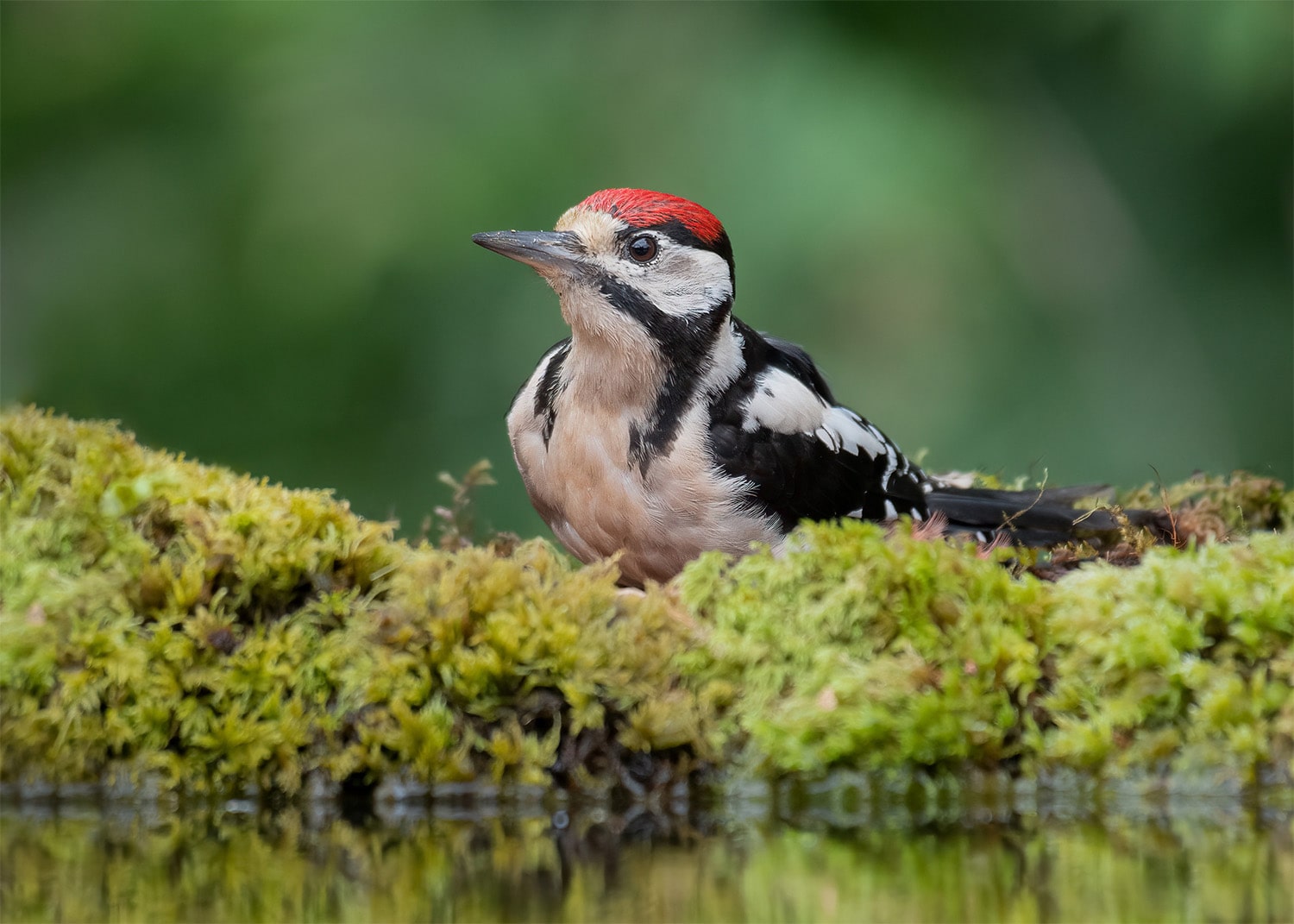
33 interesting facts about woodpeckers
- 👁️ 1139
Woodpeckers, with their striking pecking behavior, are among the most fascinating members of the bird family. Known for their unique ability to hammer at tree trunks with their beaks, they play a crucial role in the ecosystem, helping control insect populations and creating habitats for other species. Their adaptations to a life of climbing and pecking are nothing short of evolutionary marvels. This article delves into a range of intriguing facts about woodpeckers, from their physical characteristics to their ecological impact, highlighting why these birds are much more than just their famous pecking.
- There are over 180 species of woodpeckers worldwide.
- Woodpeckers are found on every continent except Australia and Antarctica.
- The drumming of a woodpecker can be heard up to a mile away.
- A woodpecker’s tongue can be up to four inches long, depending on the species.
- Some woodpecker species have barbed tongues that help them extract bugs from trees.
- Woodpeckers tap on tree trunks up to 20 times per second.
- They can peck up to 12,000 times a day.
- The lifespan of a woodpecker can range from 4 to 11 years in the wild.
- Woodpeckers have zygodactyl feet, with two toes pointing forward and two backward, which helps them grip tree trunks.
- Their tail feathers are stiff and used as a prop against tree trunks.
- Woodpeckers’ skulls have shock-absorbent adaptations to protect their brains during pecking.
- They communicate through vocal sounds and by drumming on trees, often as a territory marker.
- The largest woodpecker species is the Great Slaty Woodpecker.
- The Ivory-billed Woodpecker is one of the largest woodpeckers and is thought to be extinct or critically endangered.
- Woodpeckers play a crucial role in controlling insect populations, as they eat beetles, ants, and other tree pests.
- They also help in forest rejuvenation by hollowing out trees, which can lead to their eventual decay and renewal.
- Many woodpecker species are monogamous, staying with the same mate for several breeding seasons.
- Woodpeckers create cavities in trees that are later used by other bird species and small mammals as homes.
- The diet of a woodpecker can also include fruit, nuts, and sap.
- The Pileated Woodpecker, one of the largest North American species, was the inspiration for the cartoon character Woody Woodpecker.
- Some species of woodpeckers have been observed “anting,” using the acid from ants to help rid them of parasites.
- The Downy Woodpecker is the smallest woodpecker in North America.
- Woodpeckers can rotate their heads up to 180 degrees.
- Unlike most birds, woodpeckers do not have a song, instead communicating through a series of taps.
- The Black Woodpecker, found in Europe, is known for its distinctive loud call and large size.
- Red-headed woodpeckers are known for storing food in tree crevices for later consumption.
- The Lewis’s Woodpecker, named after explorer Meriwether Lewis, can sometimes catch insects in mid-flight.
- Climate change impacts the habitats of woodpeckers, as changing tree populations affect their food sources and nesting sites.
- The Gila Woodpecker, native to the southwestern U.S., builds nests in the giant saguaro cactus.
- Acorn Woodpeckers create granaries, drilling holes in trees to store acorns.
- Flicker woodpeckers are one of the few woodpecker species that migrate.
- Woodpeckers have a special membrane that covers their eyes to protect them from flying debris as they peck.
- Drumming patterns are unique to each woodpecker species and can be used to identify them.
In conclusion, woodpeckers are not only fascinating birds due to their pecking behaviors but also play vital roles in their ecosystems. Their ability to adapt physically and behaviorally to their environments makes them a subject of great interest in ornithology and conservation. Each fact about these birds provides a glimpse into the complexity of nature’s design and the interconnectedness of life within forest ecosystems. As we continue to study and understand these remarkable birds, we gain more insights into the delicate balance of our natural world and the importance of preserving it.

